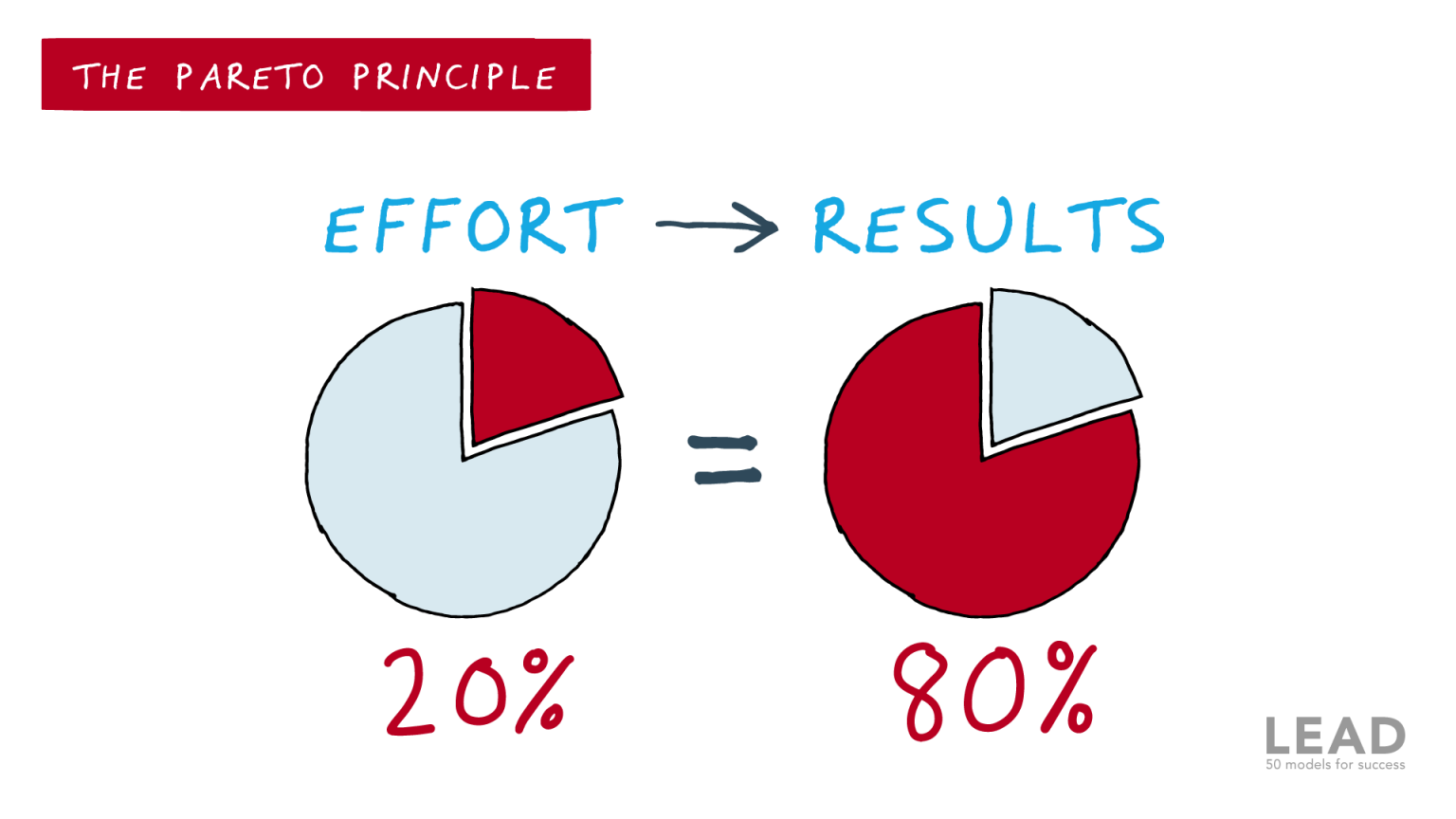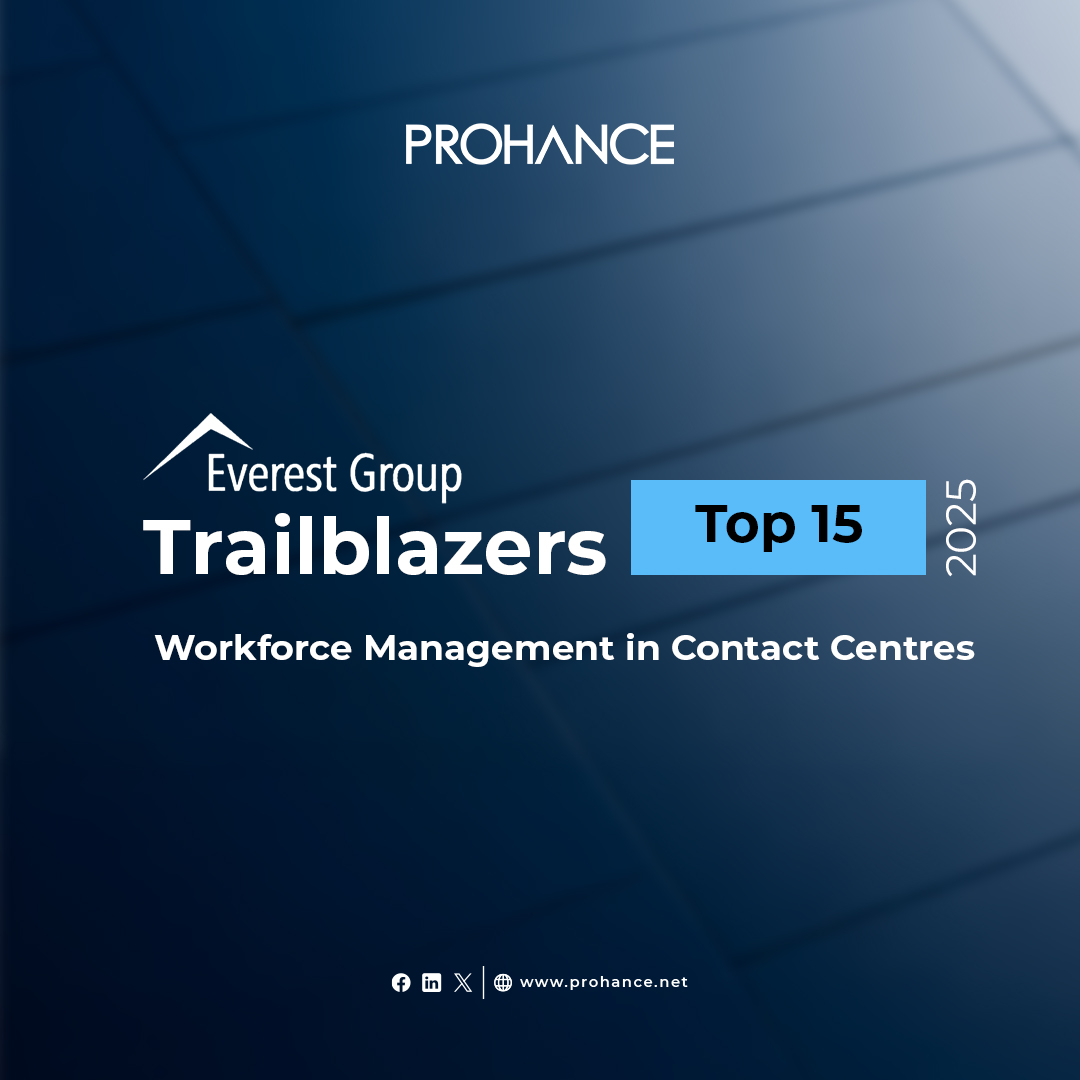Improve Productivity and Performance with the Pareto Principle (80/20 Rule)
Table of Contents
All work is important, but not all work is equally important.
Imagine if all tasks, all problems, and all efforts in the workplace were equal. Wouldn’t that be ideal? Unfortunately, the reality is quite different. In our daily routine, it’s often the low-priority tasks that take up the most time, without making much of an impact on productivity. In fact, according to the Pareto Principle, these chores can consume up to 80% of our time. Also known as the 80/20 rule, the Pareto Principle is an excellent demonstration of how the world functions. Let’s read on and know more about the 80/20 Pareto Principle.

What is the Pareto Principle?
The Pareto Principle states that about 80% of consequences come from 20% of causes. What this means is that a small set of causes can have a disproportionately large impact on the outcome.
This theory is named after Italian economist Vilfredo Pareto, who noticed this phenomenon in 1896 in, of all places, his vegetable garden. He observed that 80% of the pea yield came from just 20% of the pea pods. He explored this theory further and noticed that about 20% of the population owned 80% of the country’s wealth.
Today, this phenomenon is recognized as a universal principle and can be applied to diverse fields including commerce, economics, management, and quality control. A study of the manufacturing process shows that a mere 20% of the manufacturing processes resulted in 80% of the product defects.
Is it possible to modify and fine-tune production methods to improve product quality and eventually productivity?
This article will help you identify factors in your organization across departments that can have an impact on productivity.
Importance of the Pareto Principle
When professionals understand that just a small percentage of causes can generate massive results, it helps them identify which tasks should be prioritized. Let’s look at how the tool can be used in a professional setting.
Productivity
The Pareto Principle tells us that 20% of your tasks for the day will result in 80% of impact. If you can identify those tasks and focus on them, you and your team will get the most out of the working day.
Do any tasks require collaborating with others? Are any tasks preventing projects from moving forward? These tasks might appear simple, but by completing them, you can keep the process flowing.
Decision Making
The Pareto Principle is a great way to make decisions during a problem-solving process. When there could be multiple reasons for one problem, the Pareto principle can help you choose which one to tackle first.
Identify the problem that you’re trying to solve, and then look for all the causes of those problems. Slot similar causes into groups. Assign a value to each group based on how it impacts your business. Tackle the top 20% of those first. If one group of causes solves more than one problem, even better.
Quality Control
Even Six Sigma quality control relies on the 80/20 rule, using Pareto analysis and the Pareto chart heavily.
The analysis provides the right data, and the chart helps visualize data patterns that then help identify how to prioritize actions. The main objective of Six Sigma is to reduce the amount of variation in a process while also increasing production. Pareto charts are useful as they can quickly identify the majority of the variations within a process.
What Are the Benefits and Limitations of the Pareto Principle?
As with any tool or model, there are pluses and minuses with the 80/20 rule. Let’s look at the benefits first.
Benefits of the Pareto Principle
Following are the key benefits of Pareto principle:
- Enhanced Efficiency
- Better Resource Management
Enhanced Efficiency
The Pareto Principle provides a business with the right support for maximizing efficiency. By identifying the 20% factors that have a significant impact on the outcomes, leaders, teams, and organizations can direct their efforts towards tasks that are more impactful.
Better Resource Management
Realizing that a small amount of input has a great influence on most of the outputs goes a long way in optimizing resource allocation. This is particularly useful in organizations that focus on resource, money, and time management.
Limitations of the Pareto Principle
Misconceptions and misinterpretations of the Pareto Principle can lead to incorrect execution. Here we outline some of the more common limitations of the rule.
Not Always Applicable
The Pareto Principle is not a mathematical law. It is a general observation that does not imply that it is applicable in all scenarios. There could be natural variations of the rule, such as 30% of sales professionals being responsible for 50% of a company’s total sales.
Can Be Misinterpreted
The Pareto principle could encourage professionals to focus only on the top 20% of the concerns and ignore the rest, which could cost the company more.
It is a Reflection of the Past
The Pareto principle only applies to past data and findings. Even though past trends can be an indicator of future performance, the principle cannot be a guarantee of future results. At best, it is a useful rule of thumb for planning.
Not Suitable for Dynamic Environments
The Pareto Principle will not work for businesses that operate in a dynamic environment. With changing dynamics come changing variables, and these drastic shifts make it challenging to effectively use the 80/20 rule.
Risk of Oversimplification
The 80/20 rule is not the ultimate strategy to overcome a complex situation. Sometimes businesses need a more robust strategy. Leaders and teams that rely entirely on this tool face the risk of oversimplification.
Neglects Long-Term Investments
The 80/20 rule is better for short-term gains as it only considers immediate factors. If not applied effectively, it can cause more harm than benefit.
Can Lead to Stagnation
Leaders and managers could get accustomed to the 80/20 rule and resist change. Without the willingness to explore new avenues, a business could lose out on new opportunities and lead to stagnation.
The Last Word
Even though the Pareto Principle is more than 100 years old, the tool is still relevant today. The world continues to be unevenly distributed, with some things contributing more than others. In such a scenario, it is important to identify and prioritize elements that maximize impact.
Yes, the Pareto Principle is a powerful tool, and it is used across industries. However, keep in mind its limitations and use it wisely.





